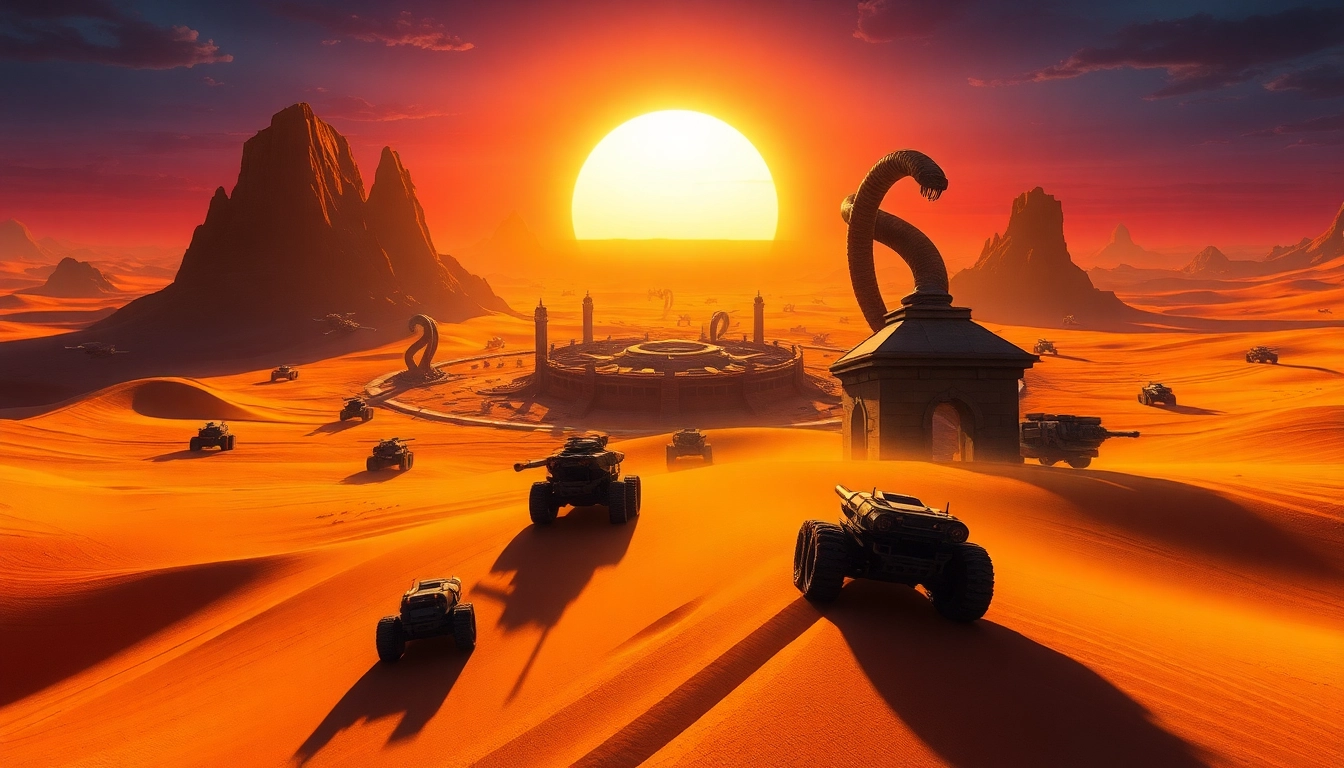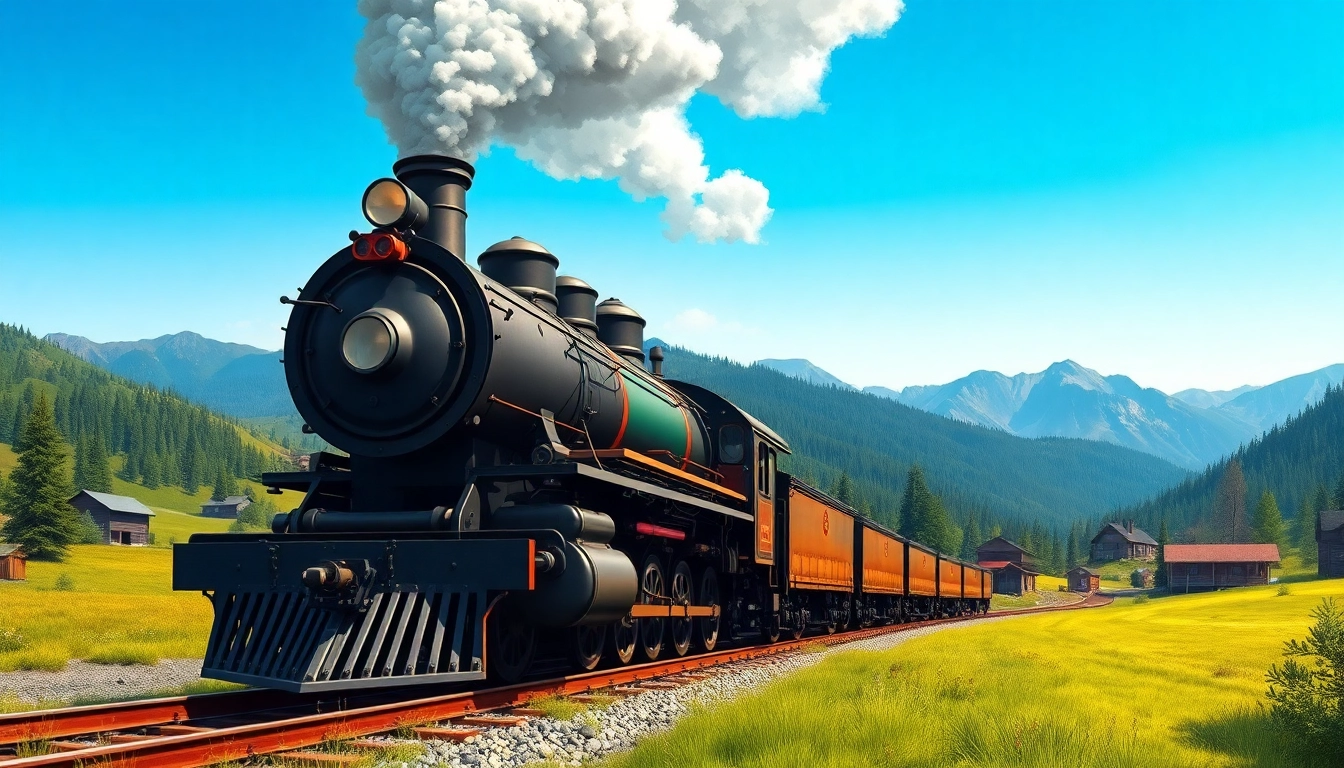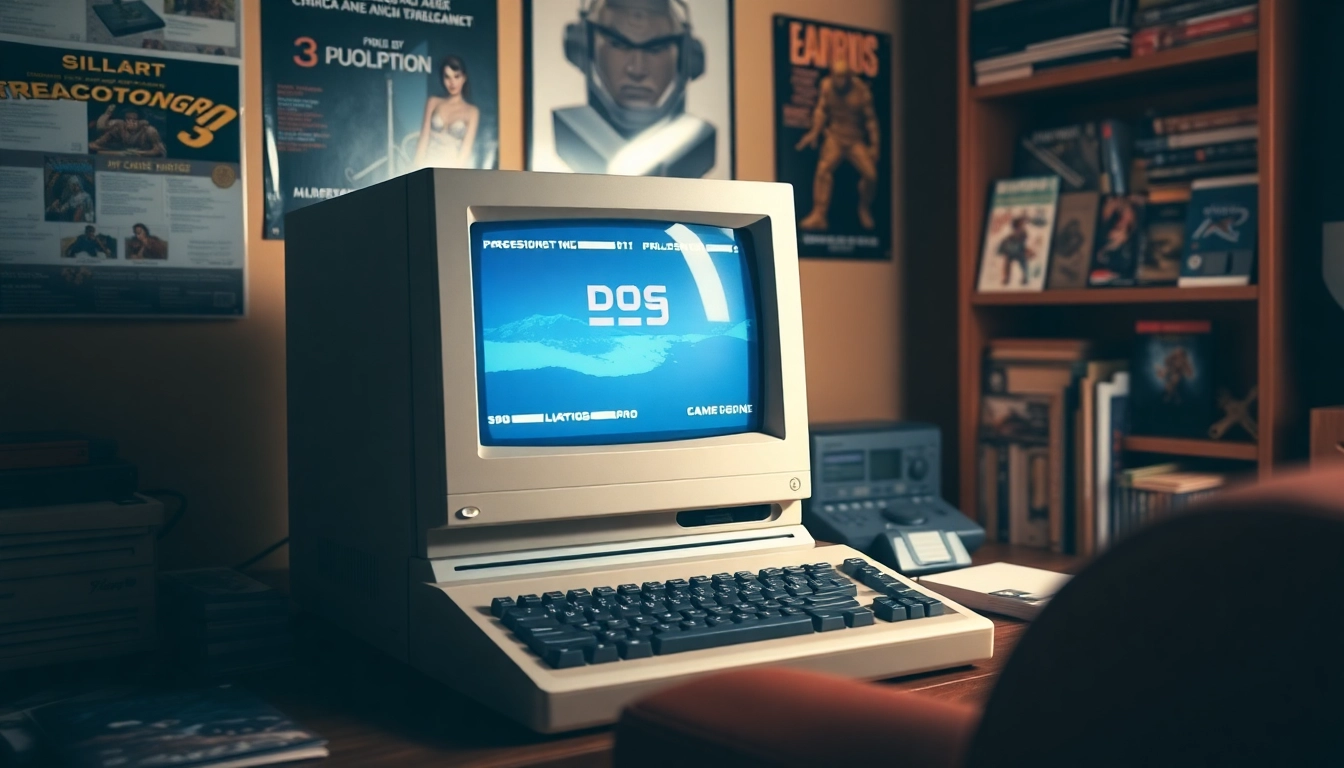Introduction to Dune 2 Game
The dune 2 game stands as a hallmark of the real-time strategy genre. Released in 1992, this title revolutionized gaming by introducing innovative mechanics that became foundational to the genre. Developed by Westwood Studios, Dune II: The Building of a Dynasty served as a sequel to the original Dune game and is often celebrated for its strategic depth and engaging gameplay that requires players to manage resources while commanding units in battles that echo the complexity of warfare.
Overview of the Dune 2 Game Concept
Dune II is set in the immensely rich universe of Frank Herbert’s Dune, known for its intricate plotlines and multifaceted characters. While the game loosely follows the themes of the Dune novels, it stands alone as a unique experience where players lead one of three factions in their quest for control over the planet Arrakis, the only source of the valuable spice melange. This substance is not only vital for space travel but is also a central element of power in the universe. Players must navigate through strategic decisions about resource management, unit production, and combat tactics to emerge victorious.
Historical Context and Release Details
The initial release of Dune II came at a time when the gaming landscape was evolving rapidly. Entering the market as a pioneer in real-time strategy, it followed the earlier Dune game and was aimed at harnessing the growing interest in complex, strategic gameplay. Dune II was released across several platforms including DOS, Amiga, and Sega Genesis, catering to a wide audience and allowing it to gain recognition that influenced subsequent strategy games for decades.
Key Features That Defined Dune 2 Game
Dune II set the stage for many pioneering features that would become staples in future real-time strategy games. Some of its defining features included:
- Base Building: Unlike its predecessors, Dune II allowed players to construct bases, creating a tactical element where players had to decide where and how to build their operations.
- Resource Management: The focus on spice mining demanded strategic planning; players had to balance resource allocation between gathering, unit production, and military engagement.
- Factions with Unique Traits: Players could choose from three distinct factions—House Atreides, House Harkonnen, and House Ordos—each with its strengths, weaknesses, and unique units, enriching the gameplay experience.
- Unit Control Dynamics: Players engaged in command of units with diverse abilities and traits, making tactical movement and combat a significant part of the gameplay.
- Command and Conquer Style Gameplay: Dune II was among the first games to combine fast-paced action with the need for strategic oversight, influencing titles in the Command and Conquer series and beyond.
Gameplay Mechanics of Dune 2 Game
Unit Control and Strategy Planning
Unit control in Dune II is a fundamental aspect of the gameplay that requires players to think strategically about their movements and attacks. Players command various units ranging from infantry to tanks and aircraft, each with distinct strengths suited to different combat situations. Understanding the strengths and compositions of opposing forces is vital in planning engagements; for example, deploying fast-moving units to flank slower, heavily armored opponents can turn the tide in battle.
Resource Management and Spice Collection
The collection of spice becomes the primary objective throughout the game. Players must not only collect spice but also manage it effectively to expand their armies and base operations. This requires players to think ahead, anticipating the enemy’s movements while ensuring that their resource gathering is efficient. Balancing the immediate need for military units against long-term investments in defensive structures or new technologies adds an additional layer of depth and complexity to the gameplay.
Combat Dynamics and Enemy Engagement
Combat in Dune II is skill-driven and requires quick thinking. Players must utilize terrain to their advantage, taking into consideration the effectiveness of various units in different conditions—like the use of artillery from elevated positions. Furthermore, the AI of enemy units adapts to player strategies, making it crucial to keep tactics fresh and unpredictable. Strategic use of special abilities, like the devastating strike of Ordos’ units, can provide crucial advantages in intense confrontations.
Understanding Dune 2 Game Factions
House Atreides: Strengths and Strategies
House Atreides is well-suited for players who favor defensive tactics with a focus on long-range unit combat. They benefit from unique units such as the Sonic Tank, which can deal significant damage to enemy bases and units alike. Given their superior interactions with the environment, players are encouraged to leverage terrain advantages and play a more diplomatic role, using their unique position to build alliances when possible.
House Harkonnen: Tactics and Unique Traits
In stark contrast, House Harkonnen is characterized by its brute strength and aggressive offensive tactics. Focusing on overwhelming firepower, they wield powerful units like the Devastator tank. Their strategy revolves around intimidation and forced engagements, making full use of their strengths to take down enemies quickly before they can mount a defense.
House Ordos: Gameplay Style and Challenges
House Ordos is designed for players who enjoy a tricky, unconventional gameplay style. They have unique abilities to sabotage enemy movements, like their use of subterfuge and sneaky units such as the Deviator, capable of turning enemies against each other. However, their units may be weaker and require finesse and planning to maximize effectiveness. Players will have to think deeply about unit positioning and timing to take full advantage of their faction’s strengths.
The Legacy of Dune 2 Game in Strategy Genre
Dune 2 Game’s Influence on Future Titles
The influence of Dune II on the real-time strategy (RTS) genre is impossible to overstate. It not only set precedents for base construction and unit management but also paved the way for advanced tactical gameplay seen in later franchises such as Warcraft and Command and Conquer. Innovations introduced in Dune II became cornerstones for subsequent RTS games, establishing standards of gameplay mechanics and strategic planning.
Memorable Elements and Community Reactions
Fans of Dune II often reminisce about the immersive experience, highlighting its tense atmosphere and the sense of urgency in spice gathering and military action. The game has fostered a passionate community that appreciates its intricacies and depth. Posts in forums and discussions around gameplay strategies illustrate the enduring legacy of this classic title. Players often share strategies, helping newcomers navigate the complexities of different factions and gameplay mechanics.
Preservation of Dune 2 Game Through Emulation
As technology has advanced, many classic games, including Dune II, have found new life through emulation. Various platforms now allow enthusiasts to experience the game within modern frameworks that enhance gameplay while preserving the original essence. Projects focused on recreating or remastering classic titles ensure that Dune II stays accessible to new generations of gamers, inviting them into its rich strategic landscape that shaped the genre.
How to Play Dune 2 Game Today
Finding Dune 2 Game Online or for Download
Today, players interested in the legendary dune 2 game can find emulated versions or downloadable files through various gaming websites and dedicated platforms. Initiatives to provide classic games have resulted in many avenues to access this beloved title, combining nostalgia with ease of play on modern systems.
Setup Tips for Modern Systems
Setting up Dune II on modern PCs may require some additional steps, particularly concerning compatibility. Many players use DOSBox or other emulators that create a virtual environment mimicking older operating systems. Users are recommended to follow setup guides, ensuring proper configuration to enhance their gaming experience. It’s also advisable to adjust sound and graphics settings within the emulator for optimal performance.
Engaging with the Dune 2 Game Community
Interacting with the Dune II community can significantly enhance the gaming experience. Through forums and social media platforms, players can share strategies, discuss gameplay mechanics, and revisit fond memories of their experiences. Community events, challenges, and cooperative gameplay discussions can reignite interest and provide fresh perspectives for both new and veteran players alike.



